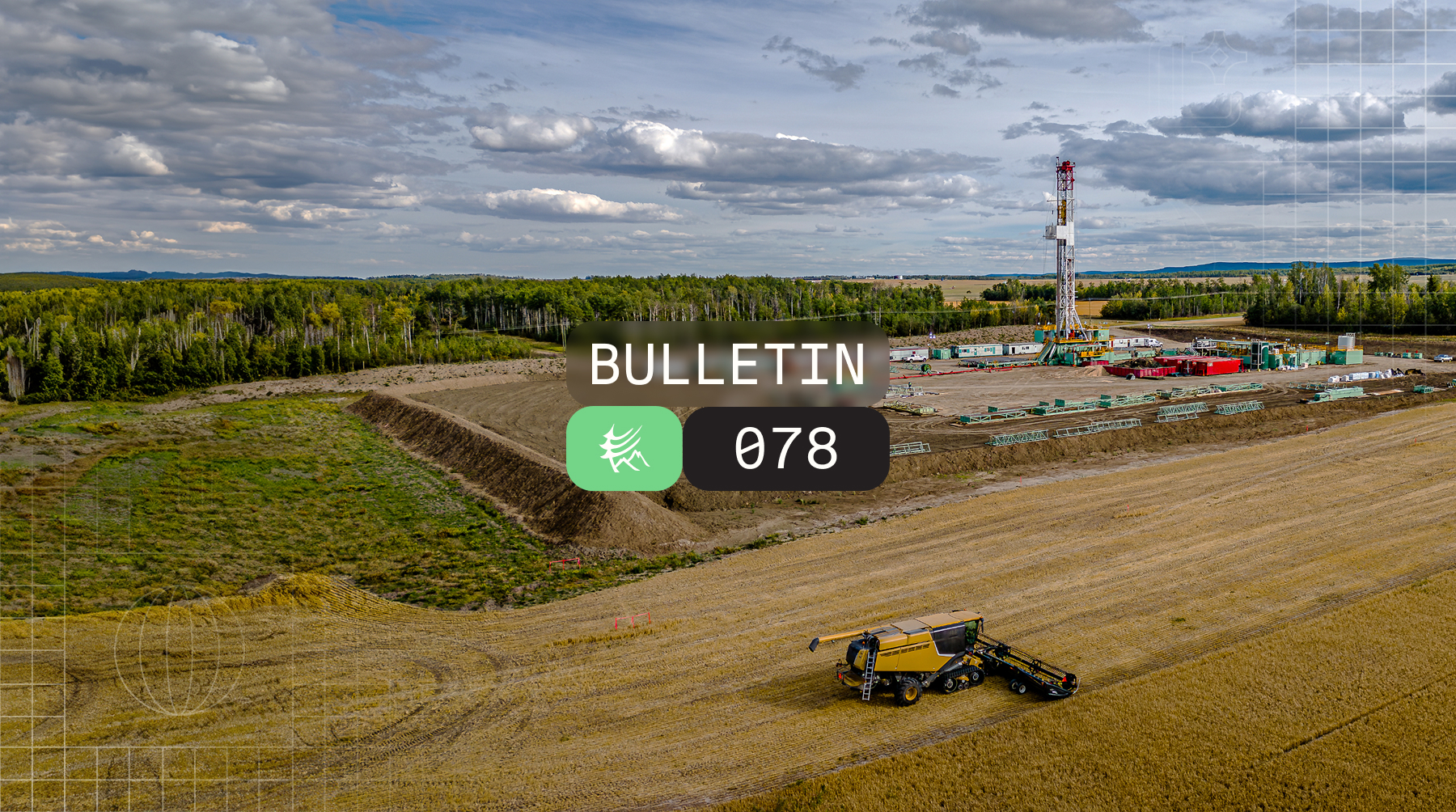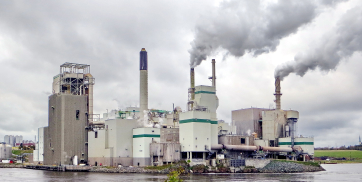This week we bring you a teaser from Version 2 of our annual report: Voluntary Emissions Reduction Initiatives for the Oil and Gas Industry. The full report will be released later this month and will be freely available for download from our website. You can find Version 1 on the reports page of our website. Stay tuned for the full report and for a one-day virtual conference that will follow in mid-September!
Author: Thomas Fox, President, Highwood Emissions Management
An important shift is underway in how O&G methane emissions are detected and quantified.1 Historically, bottom-up inventories have been used by both regulators and voluntary initiatives, combining industry average emission rates (i.e., emission factors) and equipment or activity counts (i.e., activity factors) to estimate a company’s emissions.
Over the past decade, dozens of new methane detection and quantification technologies and work practices have emerged, including handheld methods, aircraft, drones, satellites, vehicle systems, and continuous measurement instruments. Many perform remote measurements that aggregate emissions from across hundreds or thousands of individual components. In some cases, technologies that provide aggregate measurements struggle to discern the root cause of an emission source but provide a broader view of all (or most) or the emissions leaving a site. These methods can also be used to rapidly locate large emission sources and can improve emissions data and decision making.
In theory, representative emission rate estimates from bottom-up inventories should match representative site-level emission rate measurements. However, academic studies across North America have consistently shown that site-level measurements exceed bottom-up inventories. Several reasons have been proposed to explain the discrepancy. Most experts agree that bottom-up inventories do a poor job of characterizing and accounting for ‘super-emitters’ – large and rare events that have a disproportionate impact on overall emissions.
In recognition of the gap between site-level measurements and bottom-up inventories, a growing number of voluntary initiatives are moving to require the use of site-level detection (e.g., MiQ, Trustwell) and quantification (e.g., OGMP 2.0, Veritas, Cheniere QMRV). These initiatives are using technologies in slightly different ways. For example, MiQ leverages the leak detection capabilities of technologies to find and reduce emissions. OGMP 2.0 requires operators to explore and manage discrepancies among bottom-up inventories and site-level measurements. Veritas provides a methodology for combining site-level emission rate quantification with the best parts of the bottom-up inventory to arrive at a ‘measurement-informed’ methane intensity estimate.
Initiatives that rely on emission rate estimation, instead of only leak detection or bottom-up inventories, are gaining traction but are new and unfamiliar. These initiatives can be expected to evolve over the coming year as pilot programs are conducted and as participants test their strengths and weaknesses. How these initiatives will work together – and with other initiatives – remains to be seen. Opportunities for collaboration exist, such as adoption of Veritas methodologies to estimate methane intensity for OGMP 2.0 reporting.
Most emerging site-level measurement methods are relatively new and have not yet been approved for regulatory leak detection. More work is needed to demonstrate the performance – and understand the limitations – of these technologies. In particular, it is important to understand detection probabilities and emission rate estimation uncertainty under different conditions. That work is underway at facilities like METEC at Colorado State University. Furthermore, powerful simulation models like LDAR-Sim and FEAST are being used to predict the performance and cost-effectiveness of new measurement technologies and strategies across vast spatial and temporal scales.
What does this mean for operators? In our view, the writing is on the wall for use of measurement. Regulators and non-regulatory standards are moving towards embracing new technologies for both detection and quantification. This shift will reveal the completeness of emissions inventories of individual operators, which will help to reward strong performance and reveal industry laggards.
1 In our report, we define detection as the determination of presence vs. absence of an emission source and quantification as the estimation of volumetric or mass emission rate of a known source.







